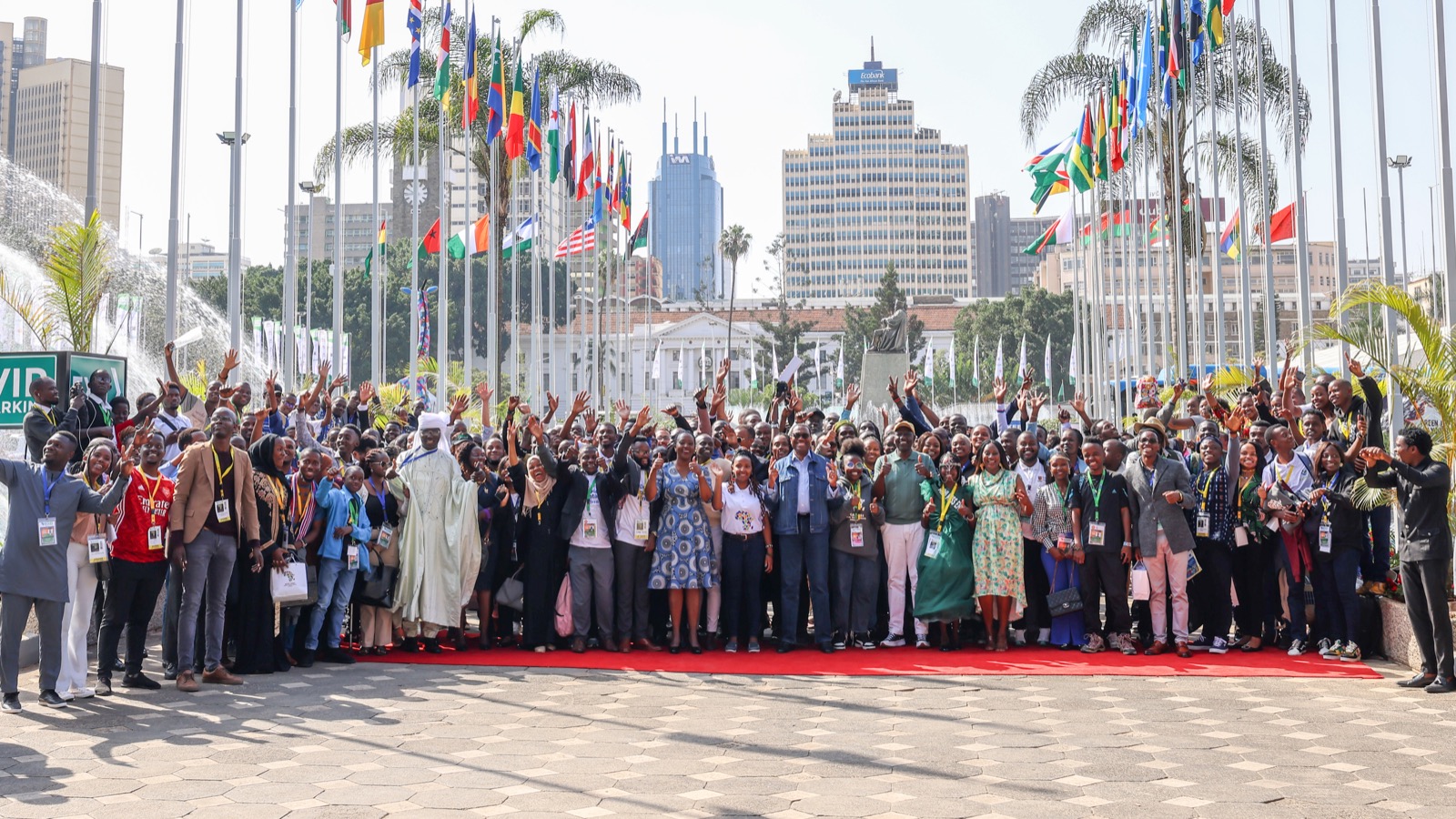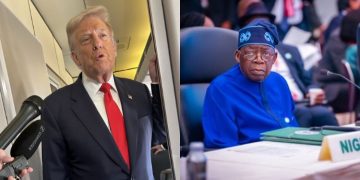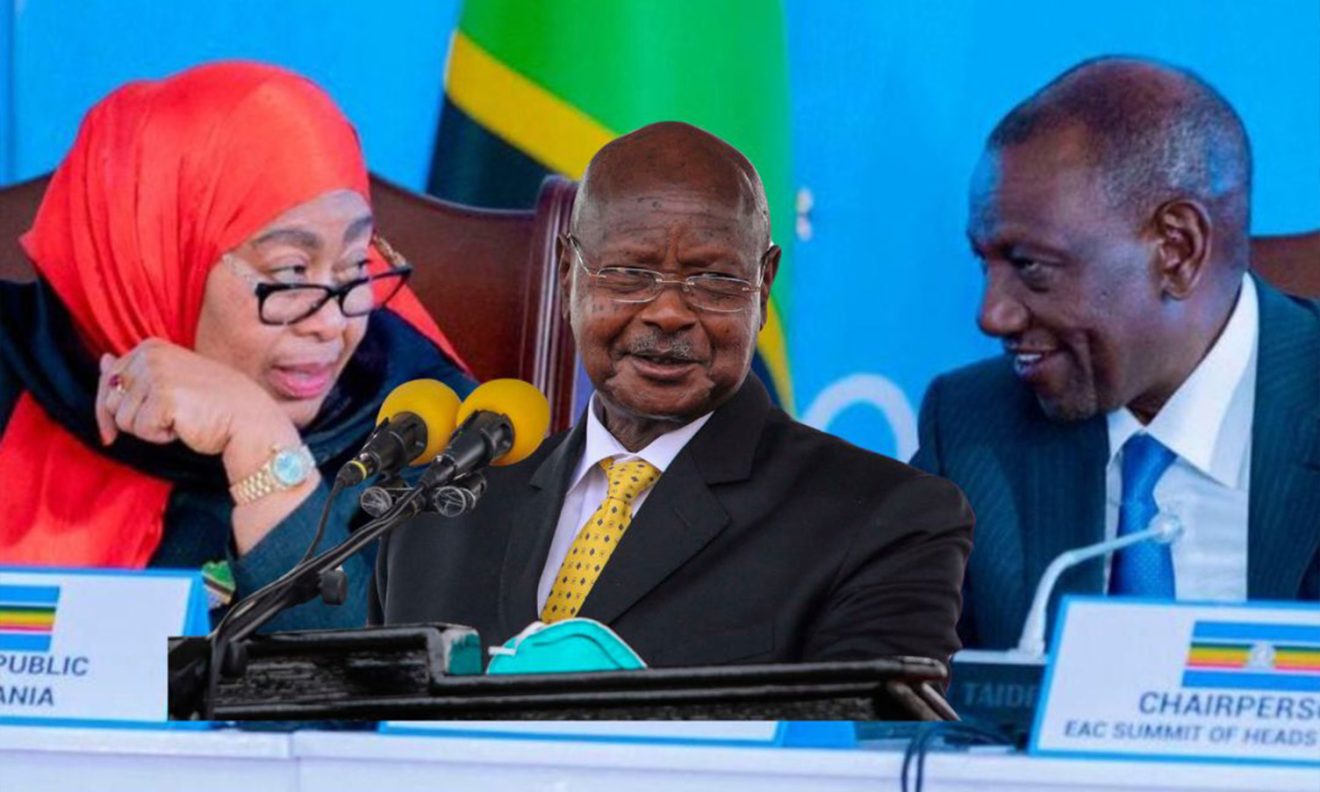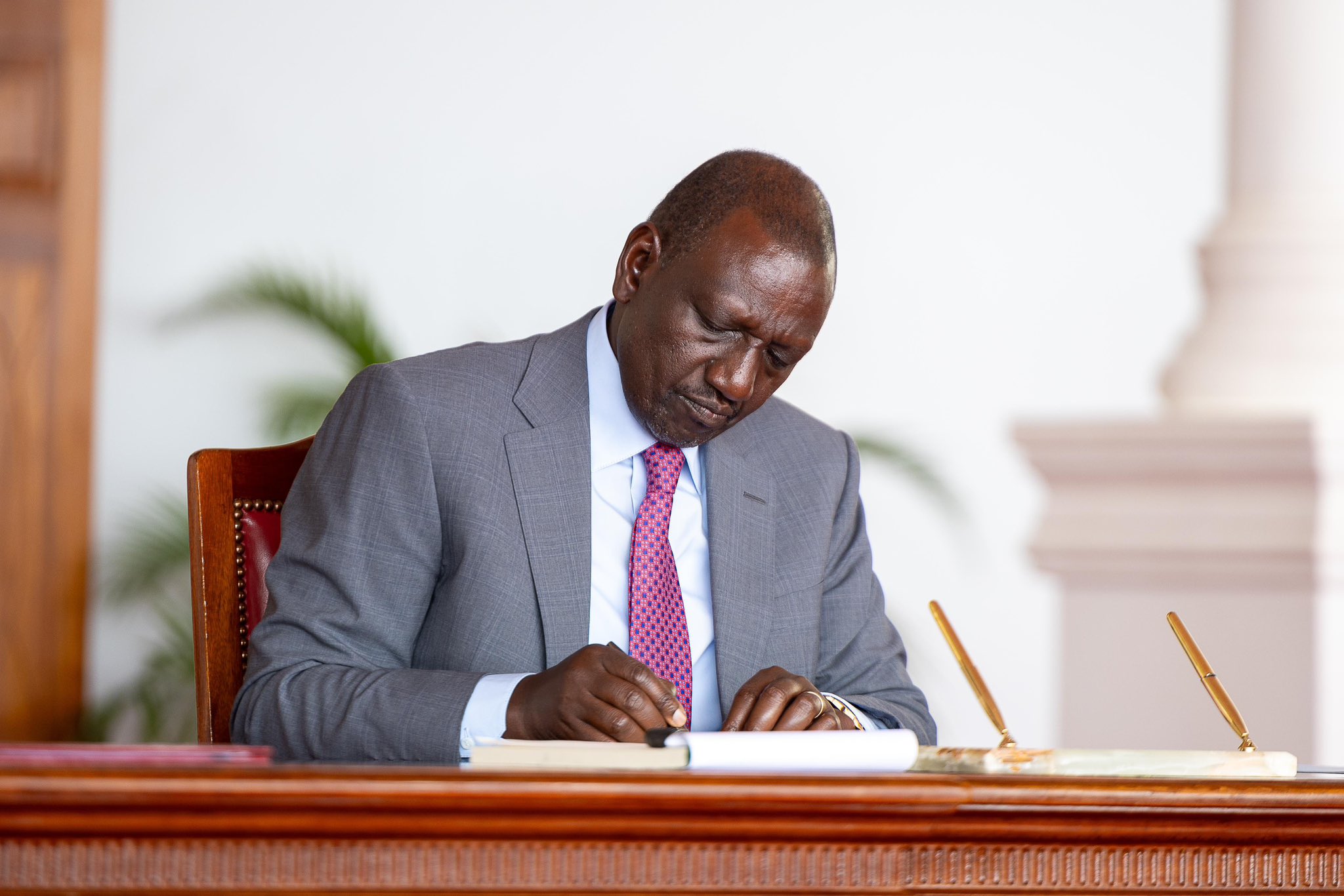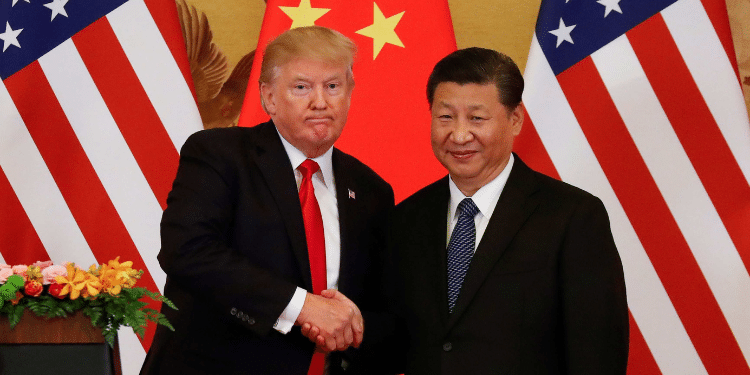U.S. President Donald Trump has announced a new trade agreement with China, pending final approval by both him and Chinese President Xi Jinping.
In a statement shared on Wednesday, June 11, Trump outlined key components of the deal, which he said will significantly benefit the United States in terms of tariffs and access to rare materials.
According to Trump, China will provide the U.S. with full magnets and any necessary rare earths upfront.
These materials are critical for manufacturing electronics, defence systems, and renewable energy technologies.
In return, the U.S. will allow the continued enrollment of Chinese students in American colleges and universities.
“Our deal with China is done, subject to final approval with President Xi and me. Full magnets and any necessary rare earths will be supplied up front, by China.
“Likewise, we will provide to China what was agreed to, including Chinese students using our colleges and universities, which has always been good with me, ” stated Trump.
Also Read: China Targeted in Trump’s Research Funding Ban
Trump on Tariff Agreements
At the same time, the U.S. president indicated that under the new agreement, US was getting a total of 55% tariffs, while China was getting 10%.
The announcement came after two days of negotiations in London between top officials from Beijing and Washington.
“We are getting a total of 55% tariffs, China is getting 10%. The relationship is excellent! Thank you for your attention to this matter,” added Trump.
China’s exports of rare earth minerals, used in things like smartphones and electric cars, were a major topic in recent talks between Beijing and Washington.
The two countries had agreed to pause their trade fight last month, but both have since accused each other of not sticking to the deal.
The U.S. says China has been slow to send out these important minerals and magnets. On the other hand, the U.S. has blocked China from buying certain American products, like computer chips and tools used to develop artificial intelligence.
Also Read: Trump Moves to Counter China After Ruto’s Deals in Beijing
Earlier Tariffs Imposed on China
Earlier, Trump put new taxes on imports from several countries and China faced the biggest impact.
In response, China raised taxes on U.S. goods. The back-and-forth led to a spike in import taxes, reaching as high as 145%.
Eventually, the U.S. cut its tax on Chinese goods to 30%, while China lowered its rate on U.S. imports to 10% and agreed to ease restrictions on important mineral exports.
Both sides gave themselves 90 days to try and make a trade deal.
Since then, both countries have accused each other of not keeping their promises on parts of the deal that weren’t about taxes.
Follow our WhatsApp Channel and X Account for real-time news updates.



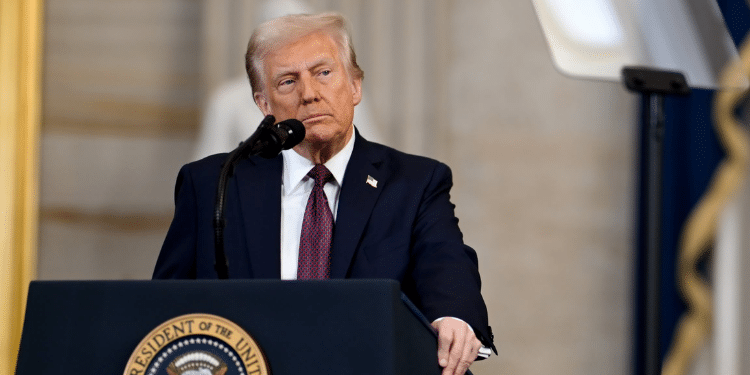












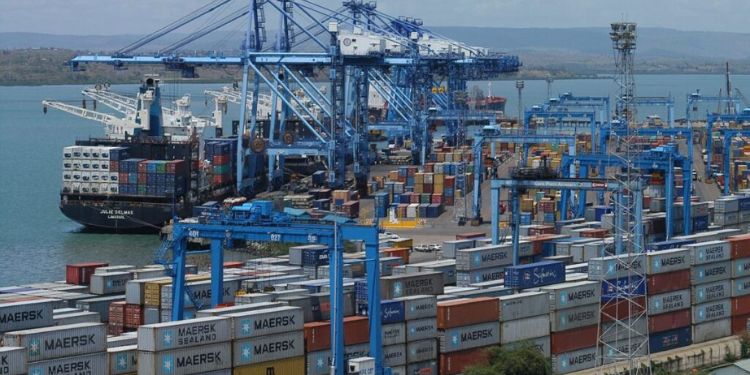

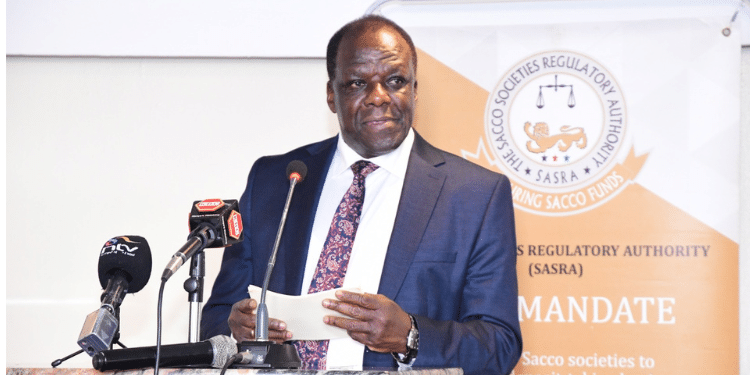



































![Senator Allan Chesang And Chanelle Kittony Wed In A Colourful Ceremony [Photos] Trans Nzoia Senator Allan Chesang With Channelle Kittony/Oscar Sudi]( https://thekenyatimescdn-ese7d3e7ghdnbfa9.z01.azurefd.net/prodimages/uploads/2025/11/Trans-Nzoia-Senator-Allan-Chesang-with-Channelle-KittonyOscar-Sudi-360x180.png)







